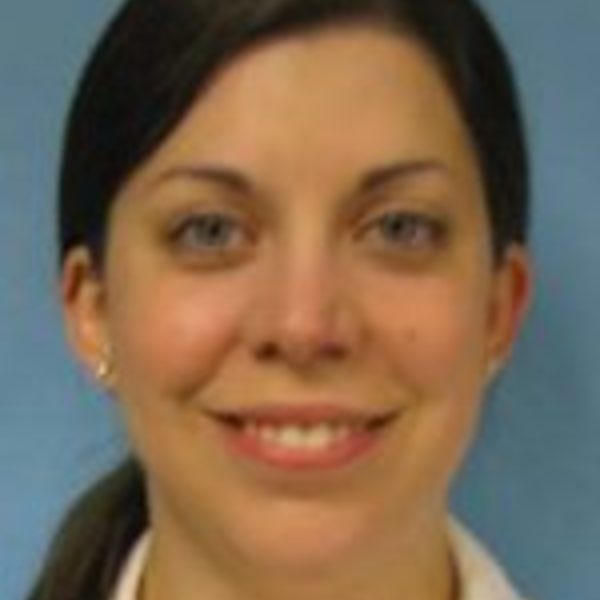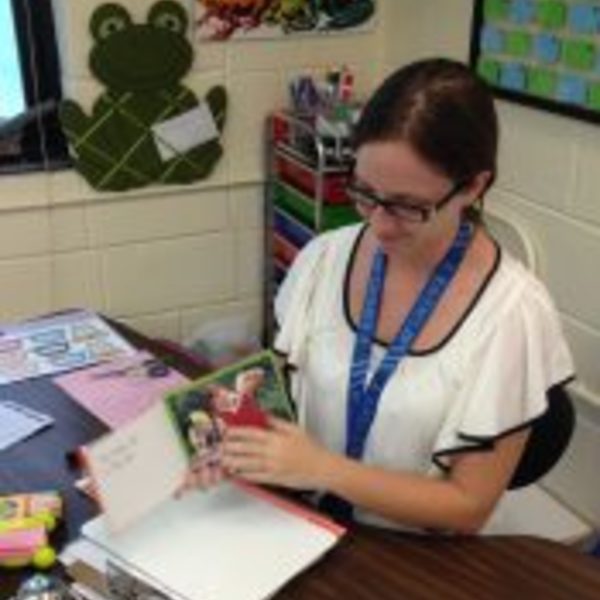AACT Member-Only Content
You have to be an AACT member to access this content, but good news: anyone can join!
Chemistry Solutions
Elementary school is the time when the love of learning, especially the love of science, is created. Generating interest in science at this age seems easy enough. Science is fun and exciting, with things that fizz, shine, and spring to life. However, concerns regarding curriculum policies and budget constraints challenge teachers striving to impart a love of science in young students.
 Pattie Burns, a fourth-grade teacher at Dr. King Elementary School, in Syracuse, NY, does her best to teach her students about science, but she faces many obstacles. In a troubled city district where, according to the state assessment results, 55% of the students believed that apple trees blossom simply for aesthetic reasons, teaching science is a difficult task. It is further complicated by the fact that, with 120 minutes each of math and English/language arts required by the school system every day, she is left with only 40 minutes to teach science, every other day, for two weeks out of every four.
Pattie Burns, a fourth-grade teacher at Dr. King Elementary School, in Syracuse, NY, does her best to teach her students about science, but she faces many obstacles. In a troubled city district where, according to the state assessment results, 55% of the students believed that apple trees blossom simply for aesthetic reasons, teaching science is a difficult task. It is further complicated by the fact that, with 120 minutes each of math and English/language arts required by the school system every day, she is left with only 40 minutes to teach science, every other day, for two weeks out of every four.
Many of her students are challenging to teach, as well. Although she speaks of her students affectionately, displaying great passion for her profession, she explains that many of them have not adequately learned basic skills and are troubled with behavior problems. “Once they start working on an activity, I don’t usually have a problem,” Burns explains, “but the transitions are difficult.”
Sometimes behavior problems make activities impossible, but other times, students are able to explore science firsthand. Some of the activities she does include labs with content that is tested on state evaluations, such as a conductivity experiment with circuits and magnetism experiments, while concepts that are not tested may provide more fun and original activities.
One of her favorites is a lab where students dissect owl pellets to find the bones of owl prey. In this activity, she guides her students to learn about owl biology. In her experience, it is usually the girls who eagerly dive in to pick apart the pellets, while the boys are squeamish at the sight of the small animal bones.
Sadly, not every lesson is made up of fun experiments that spark true scientific curiosity in her students. It is difficult for Burns to obtain the necessary resources to perform fun experiments. Even when she can get grants, the curriculum mandates that all classes be exactly the same. Splitting up a single-class kit between four teachers in one day isn’t possible. Her school has a fully equipped science lab, but for bureaucratic reasons, the lab is only ever used for the lab practical section of state tests. Similarly, an amazing interactive science museum sits within blocks of the school, but it is cost-prohibitive to hire buses for a field trip.
Concern about “teaching to the test” is often expressed by teachers, but according to Burns it is nearly impossible to build a curriculum that does not teach to the test. The limited time that science is given, combined with the academic struggles that many of the students face, means that the only sensible thing to do is to teach exactly to the state standards, hoping that the information that is the most crucial in preparing students for state assessments will stick. Burns says her colleagues all face the same difficulties. They are good teachers, loyal to their school.
 On the other end of the elementary teaching spectrum is Lauren Shultz, a fifth-grade teacher at Eagle Hill Middle School in Manlius, NY, an affluent district that places a high value on science education. Shultz does not take her district’s attitude toward science for granted and is very aware of how fortunate she is. Previously, she taught in a district in which science was only taught in those rare occasions when extra time was available.
On the other end of the elementary teaching spectrum is Lauren Shultz, a fifth-grade teacher at Eagle Hill Middle School in Manlius, NY, an affluent district that places a high value on science education. Shultz does not take her district’s attitude toward science for granted and is very aware of how fortunate she is. Previously, she taught in a district in which science was only taught in those rare occasions when extra time was available.
Shultz spends 40 minutes every day teaching science and says of her school that “we are fairly lucky to have a good amount of resources available to us, as well as a science resource teacher who coordinates resources for us.” The school also offers science enrichment activities such as a science olympiad, in which the older students at Eagle Hill excel, taking first place in competitions on a regular basis. The team is very selective, and it contributes to the science culture of the school.
Her school follows the New York State Core Curriculum for science, and because of the way the topics are divided up among grade levels, Shultz focuses mostly on ecology. The amount of science that she teaches is determined by her district, and so are the topics she covers.
 Allison Granish-Lee’s school, South Kilbourne Elementary in South Carolina, has experienced some of the struggles and rewards of both schools. She has fewer difficulties than Burns, but she still feels a strain for resources. According to her, there are many activities that she would like to do, but no funding is made available to teach science to first graders, especially in a very small school with only two teachers per grade level. Still, she finds ways to make science learning interactive and fun for her students.
Allison Granish-Lee’s school, South Kilbourne Elementary in South Carolina, has experienced some of the struggles and rewards of both schools. She has fewer difficulties than Burns, but she still feels a strain for resources. According to her, there are many activities that she would like to do, but no funding is made available to teach science to first graders, especially in a very small school with only two teachers per grade level. Still, she finds ways to make science learning interactive and fun for her students.
When she introduces a new topic to her class, she finds ways to help her students make connections to the material. She introduces a new topic with a story, and then the class does an experiment or activity together. Finally, once they have some experience, the students do an activity on their own. Granish-Lee does four science units in a year, using a curriculum based on state standards, which in turn are based on national STEM standards. She also uses the Full Option Science System, a curriculum for K–8 teachers to achieve science standards, supported by the National Science Foundation.
Granish-Lee is able to devote much more time to science than Burns, spending about one hour on science two or three times a week, every week. Granish-Lee works closely with the other first-grade teacher when they develop a curriculum. The four units they cover are balance and motion (soon to be replaced by light and reflections), plants, Earth’s resources, and the sun and the moon.
A favorite activity, which Granish-Lee may not be able to do this year because of changing standards, is a motion activity. Students use pool noodles that are cut in half and used as tracks for marbles. They experiment with the best angles that will move the marbles through the tracks without falling off. The students make the track into a loop, a circle, an oval, and a hill, and this helps students learn how balance and motion work in an exciting and hands-on way. She speaks about her class with the knowledge and affection that can be found in anyone who not only excels in their field, but truly loves it.
As the landscape of education changes in many ways, it is crucial to remember that teachers are truly the most important resource that we have in our education system. New technologies may affect the way that science is taught, and changing curriculums may change what is taught. Through all of this, however, the essence of teaching will never change. Teachers hold great power to ignite creativity, curiosity, and interest in their students.
Photo credit: Sally Mitchell